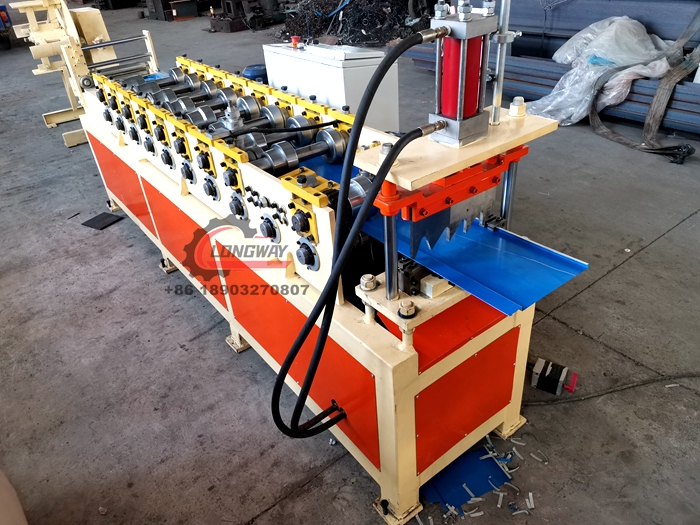Slitting and Cut-to-Length Line Production Solutions for Metal Sheets and Strips
A Comprehensive Guide to Slitting and Cut to Length Lines
In the manufacturing industry, efficiency and precision are paramount. Among the various processes that contribute to the production of sheet metal and other materials, slitting and cut to length (CTL) operations stand out for their significance. Manufacturers across sectors rely on slitting and CTL lines to ensure that they obtain metal strips and sheets of exact sizes tailored to their specific needs. This article will provide an in-depth look at slitting and CTL lines, their applications, and the role of manufacturers in this vital segment of the industry.
Understanding Slitting Lines
Slitting is a process that involves cutting large coils of material (commonly metal) into narrower strips. A slitting line typically consists of several components, including a decoiler, tension stand, slitting head, roller leveler, and recoiler. The process begins with a large coil being unwound by the decoiler, which then feeds it through the slitting head, where sharp blades cut the material into predetermined widths. The finished strips are then wound onto a recoiler for easy handling and transport.
One of the key advantages of using slitting lines is the high level of efficiency they deliver. These lines can quickly process large volumes of material, reducing waste and allowing manufacturers to meet the high demands of their customers effectively. Furthermore, modern slitting technologies often incorporate advanced automation features, enhancing precision and minimizing downtime.
Background of Cut to Length Lines
Cut to length lines serve a different purpose, focusing on cutting wide sheets of metal into shorter, specified lengths. These lines generally include a decoiler, leveler, shear, and stacker. The process begins similarly, with a large coil being unwound and leveled to ensure a flat surface. After leveling, the material passes through a shear mechanism, where it is cut to the required lengths. Finally, the cut sheets are stacked neatly for easy loading and transport.
slitting and cut to length line manufacturer

Manufacturers utilize cut to length lines to produce sheets of varying sizes that are essential for various applications, from automotive and appliance manufacturing to construction and packaging. By offering customized lengths, manufacturers can cater to specific customer needs, leading to increased customer satisfaction and loyalty.
The Role of Manufacturers
The choice of equipment and technology is crucial for manufacturers who produce slitting and cut to length lines. A reputable manufacturer will focus not only on the functionality of the machines but also on their durability and ease of maintenance. Advanced manufacturing techniques, including those complemented by Industry 4.0 principles, are increasingly becoming a focus for engineers and manufacturers. These practices incorporate data analytics and smart technology to monitor and optimize the performance of slitting and CTL lines continuously.
Furthermore, many manufacturers offer a range of customization options, allowing clients to tailor the machinery to meet their specific needs. This flexibility can include adjustments such as varying the number of blades in a slitting line or adapting the shear mechanism for cut-to-length operations. As the demands of the market evolve, manufacturers must remain agile, enabling them to quickly respond to new requirements and trends.
Conclusion
Slitting and cut to length lines are integral components of modern manufacturing processes, delivering efficiency and precision. The role of manufacturers in this sector is essential, as they provide the equipment and technology necessary for businesses to thrive in a competitive landscape. By investing in advanced machinery and maintaining a focus on customization, manufacturers can ensure that their clients receive high-quality products tailored to their needs, driving innovation and growth in the industry. Whether it’s metal, paper, or plastic, the slitting and cut to length processes will continue to play a pivotal role in efficient production across various sectors.
-
Roof Panel Machines: Buying Guide, Types, and PricingNewsJul.04, 2025
-
Purlin Machines: Types, Features, and Pricing GuideNewsJul.04, 2025
-
Metal Embossing Machines: Types, Applications, and Buying GuideNewsJul.04, 2025
-
Gutter Machines: Features, Types, and Cost BreakdownNewsJul.04, 2025
-
Cut to Length Line: Overview, Equipment, and Buying GuideNewsJul.04, 2025
-
Auto Stacker: Features, Applications, and Cost BreakdownNewsJul.04, 2025
-
Top Drywall Profile Machine Models for SaleNewsJun.05, 2025








